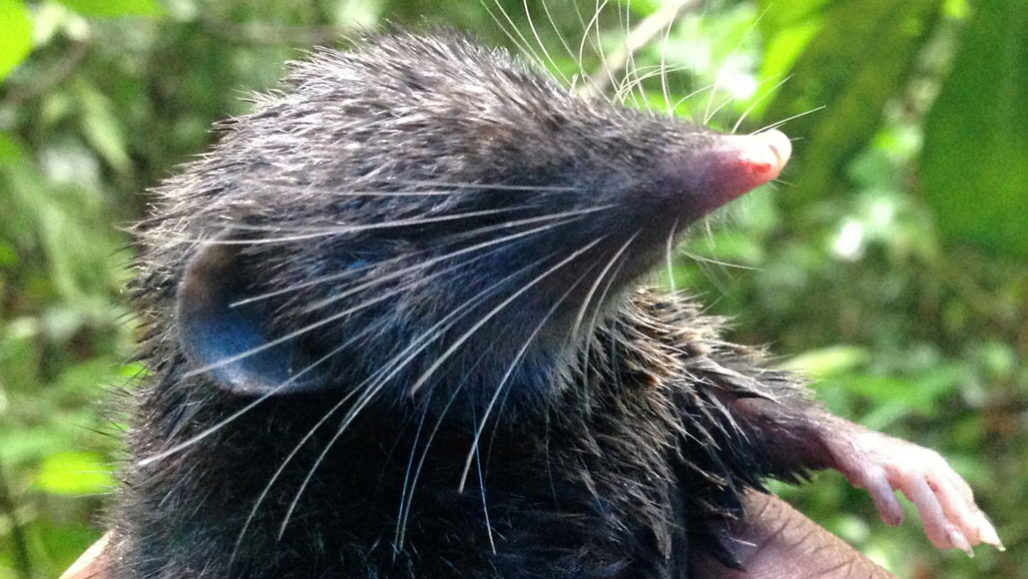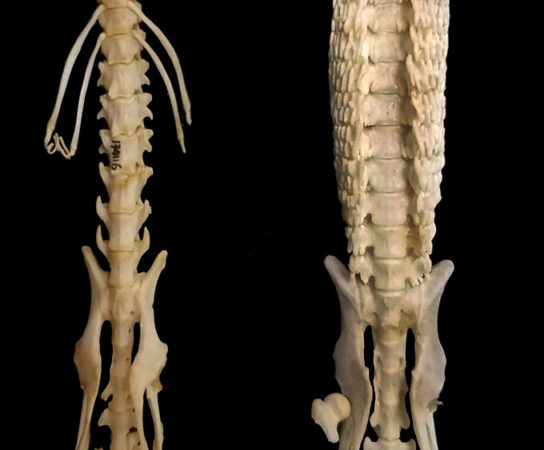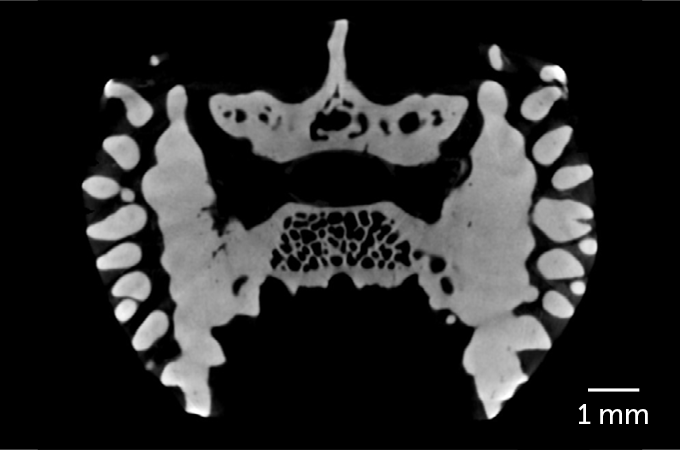
+- WildFact (https://wildfact.com/forum)
+-- Forum: Information Section (https://wildfact.com/forum/forum-information-section)
+--- Forum: Terrestrial Wild Animals (https://wildfact.com/forum/forum-terrestrial-wild-animals)
+---- Forum: Carnivorous and Omnivores Animals, Excluding Felids (https://wildfact.com/forum/forum-carnivorous-and-omnivores-animals-excluding-felids)
+---- Thread: Aardvark and other insectivores (/topic-aardvark-and-other-insectivores)
Aardvark and other insectivores - Spalea - 02-03-2020
I start a new topic about insectivorous mammals, other than the giant anteater. Often unrecognized but often essential too.
Dereck Joubert: " It’s an extraordinary treat seeing this member of the ‘shy five’ out and about – especially in the daylight hours. Sadly, the effects of climate change could make such encounters even rarer. Rising temperatures and increasing droughts can seriously restrict the abundance of aardvarks’ subterranean food (like ants and termites), with dire consequences. And as with so many other impacts on intricately interconnected ecosystems, one creature’s decline can have wide-ranging ripple effects. Just think about how many other animals, from hyenas to pythons to birds, rely on aardvark burrows for shelter and nesting. "
RE: Aardvark and other insectivores - BorneanTiger - 05-10-2020
Hero shrews or armored shrews (Scutisorex somereni), located in D. R. Congo, have the most extreme spines in nature: https://api.nationalgeographic.com/distribution/public/amp/animals/2020/04/hero-shrews-have-one-of-most-bizarre-spines?fbclid=IwAR2ACLqaIsPYr73Q3oY_T_O6kzx1g_YjnzZAu_LL66TFGZSZ0yMW1rhK8Oo, https://www.sciencenews.org/article/hero-shrew-sturdy-spine-mammal
Credit: Julian Kerbis Peterhans

*This image is copyright of its original author
The spine of a hero shrew (Scutisorex somereni) features interlocking vertebrae (right), unlike the more typical spine of the African giant shrew (Crocidura olivieri) (left). Credit: S. Smith

*This image is copyright of its original author
A cross section of the sixth lumbar vertebra of a hero shrew, taken perpendicularly across the spine, reveals the vertebra’s many projections on the left and right sides (shown as an array of small ovals) that can interlace with neighbouring vertebrae’s projections upon compression. This turns the spine into a tough, rigid unit rather than a set of bendy segments. Credit: S. Smith

*This image is copyright of its original author
RE: Aardvark and other insectivores - Spalea - 05-15-2020
Beverly Joubert: " You'd never be able to tell just by looking at a pangolin that it's one of the world's most trafficked mammals. Short and stocky with a tail that's almost crocodilian and a body like a pinecone covered in overlapping scales, the pangolin is remarkably unique. When threatened, these anteaters coil into a near-impenetrable ball. It's a highly effective defensive strategy against lions and hyenas, but these predators are not the pangolin's biggest threat. We are. Although they are rarely seen in the wild, pangolins are trapped in their thousands by poachers to feed a growing demand for their scales and meat. All eight species of pangolins found throughout the world are threatened by the illegal wildlife trade and populations are rapidly declining. They are just one species of many that are heavily impacted by habitat loss and hunting – threats that are even more difficult to control in these unprecedented times.
On the ground, the protection of these species rests in the hands of dedicated rangers – men and women who risk their lives to ensure that threatened animals are given a fighting chance. In an effort to help those who help the voiceless, @DereckJoubert and I recently launched our #ProjectRanger initiative with the goal of providing support to the heroes on the frontlines of conservation. Stop a Poacher. Sponsor a Ranger. Save a Species. For more info visit: https://greatplainsfoundation.com/ranger (link in my bio) "